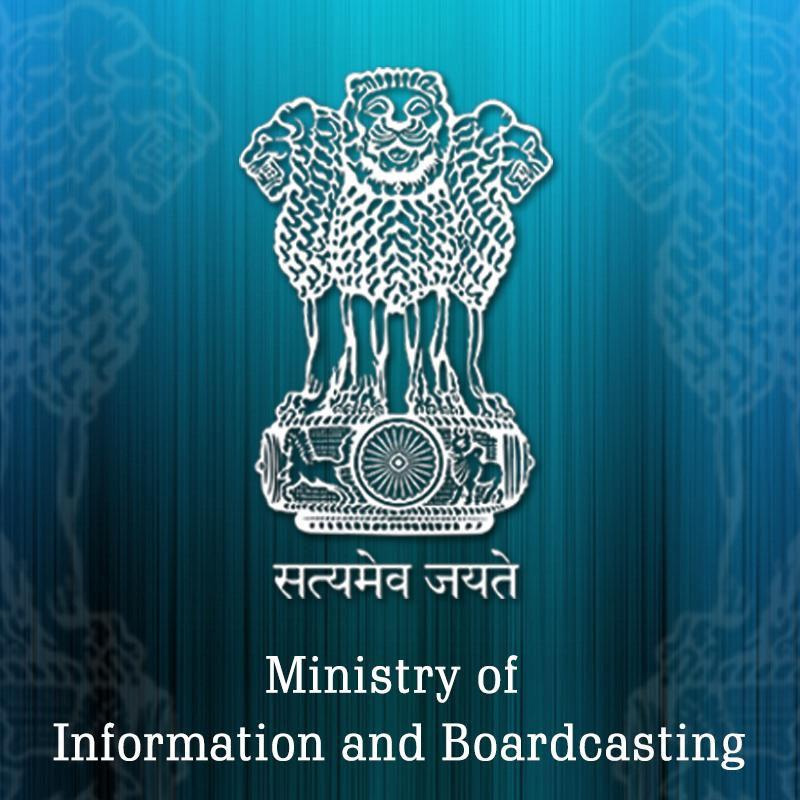Misleading ads issue: Asci to meet govt soon
NEW DELHI: The Department of Consumer Affairs is studying the possibility of framing some guidelines to check mislead
NEW DELHI: Concerned over the ‘unsatisfactory performance‘ of the Information and Broadcasting Ministry in spending just over 30 per cent of its allocation in the first four months of the Eleventh Plan, a Parliamentary Committee has asked the Ministry to analyse the reasons for under utilisation of outlay scheme/sector-wise.
The Standing Committee on Communications and Information Technology dealing with the budgetary demands of the I&B Ministry in a recent report asked the Ministry to "gear up its monitoring mechanism" to ensure that the allocated funds are fully utilised and all the on-going schemes may be strictly monitored to keep pace with the expenditure. The Committee has also sought a report on the specific steps taken by the Ministry in this regard.
It noted that the overall outlay for 2011-12 had been increased by Rs 255.8 million over the Budgetary Allocation for 2010-11, which works out to insignificant increase of 0.97 per cent.
For the Eleventh Plan (2007-12), the Planning Commission had approved total outlay of Rs 54.39 billion. During a Mid Term appraisal, the outlay was enhanced to Rs 63.11 billion due to additional outlay for "High and Lower Power Transmitters for Jammu and Kashmir Border Areas" and "Commonwealth Games 2010 and Related Programmes".
But the Committee noted that the actual expenditure during the first four years of the Eleventh Plan was Rs 19.17 billion (Information Sector Rs 2.55 billion, Film Sector Rs 1.98 billion and Broadcasting Sector Rs 14.64 billion), which is just 30.38 per cent of the total Budgetary allocation.
The Committee noted it had expressed serious concern over inability of the Ministry to fully utilise the outlay in its Sixth Report on Demands for Grants (2010-11), and had pointed out that under-utilisation of funds is a perennial problem with the Ministry, which is an indicator of its poor budgeting mechanism and failure of monitoring mechanism to review the implementation of various schemes/projects.
In spite of that, the Committee noted that under-utilisation still persists under different schemes/projects in all three sectors of the Ministry. Besides inability of the Ministry to fully utilise the outlay, delay in approval of important schemes of the Ministry, as discussed in the subsequent part of the report, are areas of concern. The Committee, therefore, impress upon the Ministry to take steps to make the implementation mechanism more effective.
Referring to tardy implementation of schemes, the Committee said that this "clearly indicates that there are serious problems in the whole planning process which is not conducive for the overall functioning of the Ministry."
The Committee desired that the Ministry should work out a more streamlined approval system so that the situation of non-clearance of the schemes does not persist. The Committee recommended that the Ministry should take corrective measures so that the situation of non-clearance of schemes does not get repeated during the Twelfth Plan.
According to the Ministry, it had formulated 86 schemes at the beginning of the Eleventh Plan. However, the total number of schemes was reduced to 65 at the time of Zero Based Budgeting exercise undertaken by the Planning Commission in May 2007.
During examination of the previous year‘s Demands for Grants (2010-11), the Committee had noted that out of total 38 new schemes, 13 schemes were awaiting approval and out of 28 on-going schemes, approval for two schemes was pending. Thus in total 15 schemes were pending clearance/approval.
Having observed that delay in approval of the schemes was one of the factors responsible for under-utilisation of outlay, the Committee in the Sixth Report on Demands for Grants (2010-11) had asked the Ministry to work out a more streamlined approval system.
In spite of that, four important schemes of the Ministry, which include Global Film School, Setting up of a National Centre of Excellence for Animation, Gaming and Special Effects, the National Film Heritage Mission under the Film Sector and the International Channel under the Broadcasting Sector were still awaiting approval/clearance even when Annual Plan 2011-12 was in the last year of the Eleventh Plan.
The Committee disapproved the way projects are being planned by the Ministry. All the schemes were formulated at the beginning of the Eleventh Plan and in the process four precious years were lost.

NEW DELHI: The Information and Broadcasting Ministry is actively working with the Health and Family Welfare Ministry to find ways to prevent glamourisation of smoking in cinema and television.
Supriya Sahu, Director (Broadcasting) in the I&B Ministry said the Central Board of Film Certification officers were convinced that showing scenes of cinema in feature films could be prevented.
She said, however, that there more instances of direct or indirect advertising of liquor brands than of cigarette brands.
She expressed the hope that officials of the Health and Family Welfare Ministry would attend meetings of the Inter-Ministerial Committee set up by her Ministry to go into complaints from viewers about television programmes. She said her Ministry was presently monitoring 300 channels round the clock throughout the year.
Sahu was speaking at a discussion which was part of a one-day National Level Workshop on Prohibition / Restrictions on glamourisation of tobacco usage in films/television organised by the Health Ministry in collaboration with the World Health Organisation and the Salaam Bombay Foundation.
Dr Rakesh Kumar, Director in the Health Ministry, admitted that though it had brought in guidelines against showing scenes of smoking in cinema and TV and later amended them, there had been little implementation. Similarly, he agreed that there was greater need for interaction with the I&B Ministry.
While admitting that films and TV influenced young children, he said there was need to consider ways of enforcing existing laws or making newer laws. He released ?draft guidelines on monitoring of tobacco usage scenes in films and TV?.
There was general consensus among all speakers that if smoking scenes were extremely essential to the story of a film, then the filmmaker should voluntarily apply for an ?Adults Only? Certification.
Dr Barbara Zolty of the WHO said the role of her organisation was limited to creating awareness of the governments after appropriate research to the problems that existed and it was up to the concerned departments to act upon these. She released a study done by WHO on ?Smoke-free movies: From evidence to action?. She also said that she was not in favour of draconian measures but expected filmmakers to get an ?A? certification if a film had to show smoking scenes.
K Nagaraja who is a Regional Officer in the CBFC said a strong policy decision was needed at the level of the centre in this regard, even as he admitted that there was a provision in the CBFC Guidelines about not showing scenes glamorizing smoking. He said there was a time when only villains were shown having habits like smoking, but now it was normal to even show the central characters and women in such roles.
Dr P C Gupta of the National Institute of Public Health who initiated the discussion said there were around one million deaths every year. Sadly, he said this was the ?only cause of death which is actually promoted?. There were around 275 million tobacco users in the country and many more were passive smokers forced to inhale tobacco smoke.
Rekha Nigam, who has written the scripts of a large number of films in Bollywood, said instances of scenes where smoking was essential were very rare for the story of any film and these scenes were added more for glamour. Reacting to an audio-visual shown before the discussion of scenes from around ten films showing the characters smoking, she said there were other ways to show if someone was of loose character or to show glamour or to show rebellion by young people against norms set by their elders. "It is only lazy directors and lazy script writers who put in smoking scenes instead of finding other ways," she said.
She also claimed that both the tobacco and liquor industries had powerful lobbies in the film industry. She said films generally did offer remedies to problems like smoking, but never went into the root of the problem.

NEW DELHI: Arvind Kumar is moving out of the Information and broadcasting Ministry.
Presently Joint Secretary (Broadcasting) in the I&B Ministry, Kumar is to take over as the Chief Vigilance Officer in the National Buildings Construction Corporation from 1 October.
Arvind Kumar, an Indian Administrative Service officer from Uttar Pradesh from the 1988 batch, had been elevated from the post of Director in August last year. He succeeded the slot vacated by Zohra Chatterji.
Kumar completed his five-year term with the Central Government in May but his term had been extended in view of some incomplete projects of the Ministry relating to broadcasting.
Under IAS rules, an officer can serve for five years at the Centre and should then either be sent back to his home cadre or posted in a designation technically not termed as deputation.

 switch
switch
 switch
switch